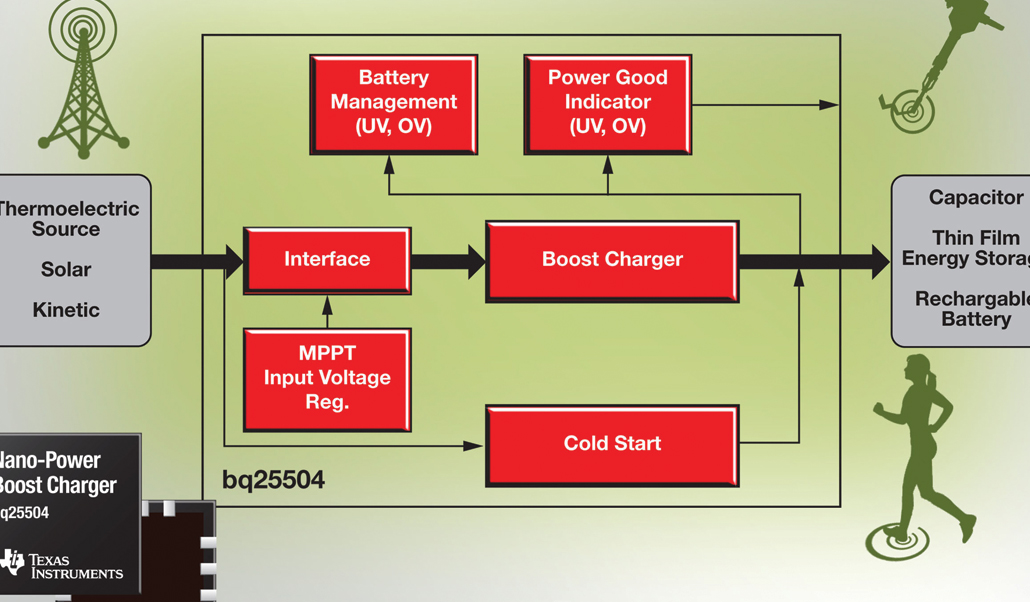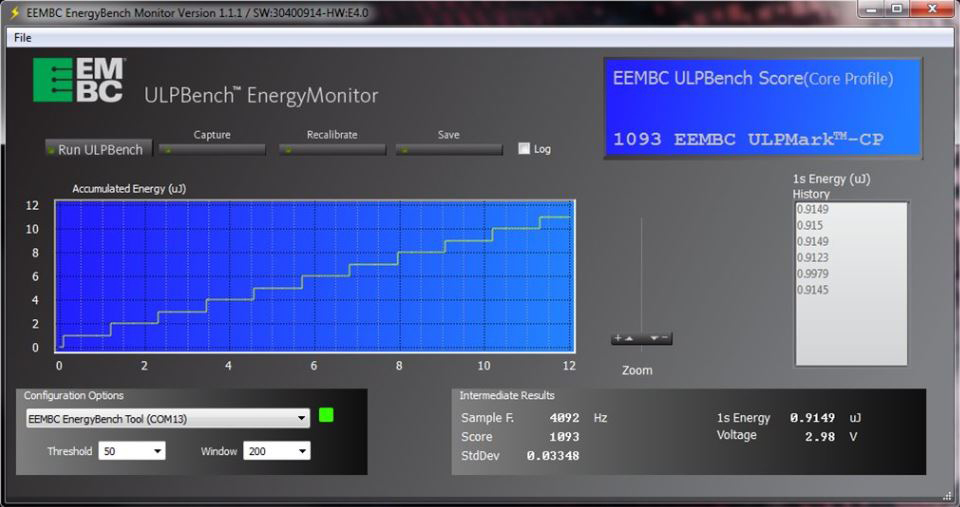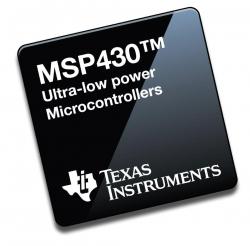Tag: Texas Instruments
Five Building Blocks of Self-Powered Wireless Sensor Nodes
Niranjan Pathare, Battery Management Solutions Marketing,
Will Cooper, MSP Microcontroller Product Marketing
Texas Instruments
Today, autonomous sensors are in use for a variety of applications. Typically found in smart buildings and factories, these sensing applications include humidity, temperature, and chemical gas monitoring. They are often placed in remote locations where line power is unavailable, so rely heavily on battery power to function. In order to provide dependable operation, batteries have to be changed often, adding to the total cost of ownership. Ownership cost includes expensive labor needed to change the batteries during routine maintenance. Read more about Five Building Blocks of Self-Powered Wireless Sensor Nodes …
Unplanned Obsolescence
Upal Sengupta, Staff Applications Engineer
Texas Instruments, Battery Management Solutions
Many of us (who have reached a certain age) may look back with nostalgia to the good old days. It was a simpler time, life was not so hard, and so on. Just the other day, one of my friends traded in his 21 year old pickup truck for a newer (12 year old) one and made the comment “they just don’t make ‘em like they used to.” Well, maybe sometimes that can be a good thing too. Read more about Unplanned Obsolescence …
Less is Not More
Upal Sengupta, Staff Applications Engineer
Texas Instruments, Battery Management Solutions
For most of my career developing portable equipment, I’ve been taught that “less is more. The fewer integrated circuit (IC) devices on a PC board, the better. We’ve been on a quest for smaller, lighter and cheaper since the first portable computers and mobile phones showed up 20 to 30 years ago. Read more about Less is Not More …












